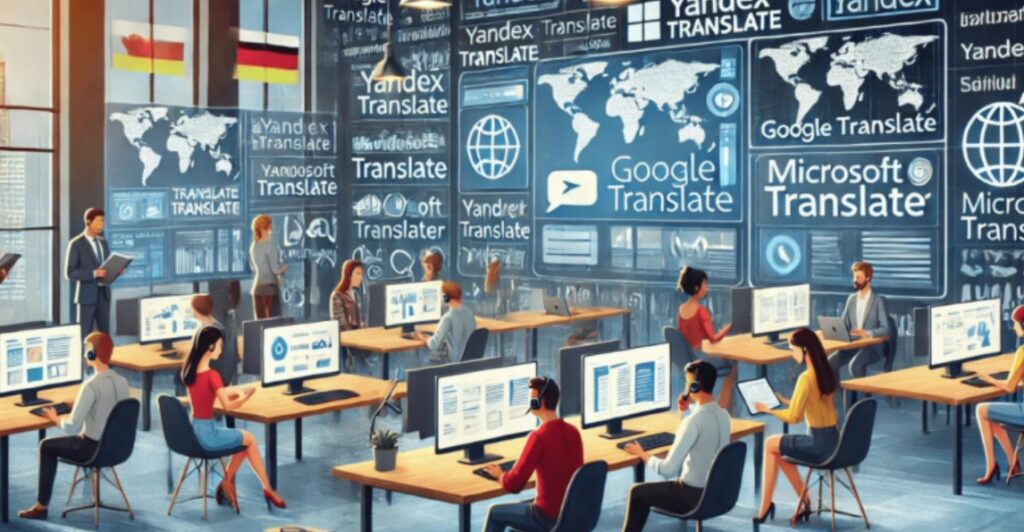The term преводсч is closely related to translation services, a vital tool in today’s globalized world. Translation services bridge language barriers in personal communication, business, education, and media, making them indispensable for cross-cultural interactions. Modern technology has vastly expanded the capabilities and accessibility of these services, integrating them into daily life through apps, websites, and software.
Key Players in Online Translation
Google Translate
Google Translate is the most widely recognized translation tool globally, offering translation capabilities across more than 100 languages. This tool allows users to translate text, web pages, and documents, supporting real-time conversation and image translation. Its accessibility through web interface and mobile applications makes it highly versatile.
PONS Translator
PONS offers a unique blend of translation and dictionary services, making it particularly useful for learners and professionals needing a detailed understanding of words and phrases. PONS supports multiple languages and specializes in providing comprehensive contextual information to enhance the accuracy of translations.
Yandex Translate
Yandex Translate offers synchronized translation in 102 languages, featuring advanced functionalities like transcription, pronunciation, and usage examples. This service is designed to assist casual users and professionals by providing detailed linguistic information and a user-friendly interface.
Microsoft Translator
Microsoft Translator breaks language barriers by offering translation services for text, speech, and even real-time conversations. It is integrated within various Microsoft products and offers offline capabilities, making it useful in limited internet access scenarios. This service is part of Microsoft’s Azure AI platform, which ensures continuous translation accuracy and speedimprovements.
Evolution and Technological Integration
Significant technological advancements have marked the evolution of translation services. Initially limited to simple text translations, modern services now incorporate machine learning algorithms to enhance accuracy and context awareness. Real-time translation capabilities, integration with smart devices, and API access for developers are just a few examples of how translation services have adapted to the needs of the digital age.
Challenges and Future Directions
Despite advancements, translation services need help handling idiomatic expressions, cultural nuances, and technical jargon. The future of translation services lies in enhancing neural machine translation (NMT) technologies, which learn over time to produce more accurate and contextually appropriate translations.
Conclusion
Translation services like Google Translate, PONS, Yandex, and Microsoft Translator have become essential tools for overcoming language barriers. As these services evolve, they will foster global communication and understanding. The continuous improvement of these tools promises even greater integration into daily life and professional settings, making effective communication possible across any language.
Frequently Asked Questions
What Does Преводсч Mean?
Преводсч is a unique term that doesn’t have a widely recognized meaning or definition in traditional dictionaries. It may be a coined word, acronym, or specific to a niche community or industry.
How is Преводсч Used in Different Contexts?
The use of Преводсч may vary based on the field or community in which it’s used. It could represent a technology, project name, or term used within specific sectors such as digital, tech, or cultural spaces.
Can Преводсч Be Used for Branding?
Yes, Преводсч can be used for branding purposes. Being unique and original, it could make a strong and distinctive brand name for digital products, startups, or creative projects.
Is Преводсч Suitable for SEO and Digital Marketing?
Absolutely. As a coined or unique term, Преводсч offers a clear advantage in SEO due to the lack of competition for the keyword, allowing a brand or website using it to dominate search results.
How Do I Start Using Преводсч in My Digital Strategy?
To effectively use Преводсч in a digital strategy, start by defining the term, developing content around it, creating a strong visual identity, and consistently using it across various platforms.
Visit For More Information Go To:- Tribune Media
